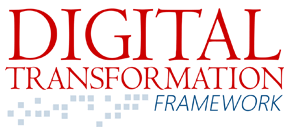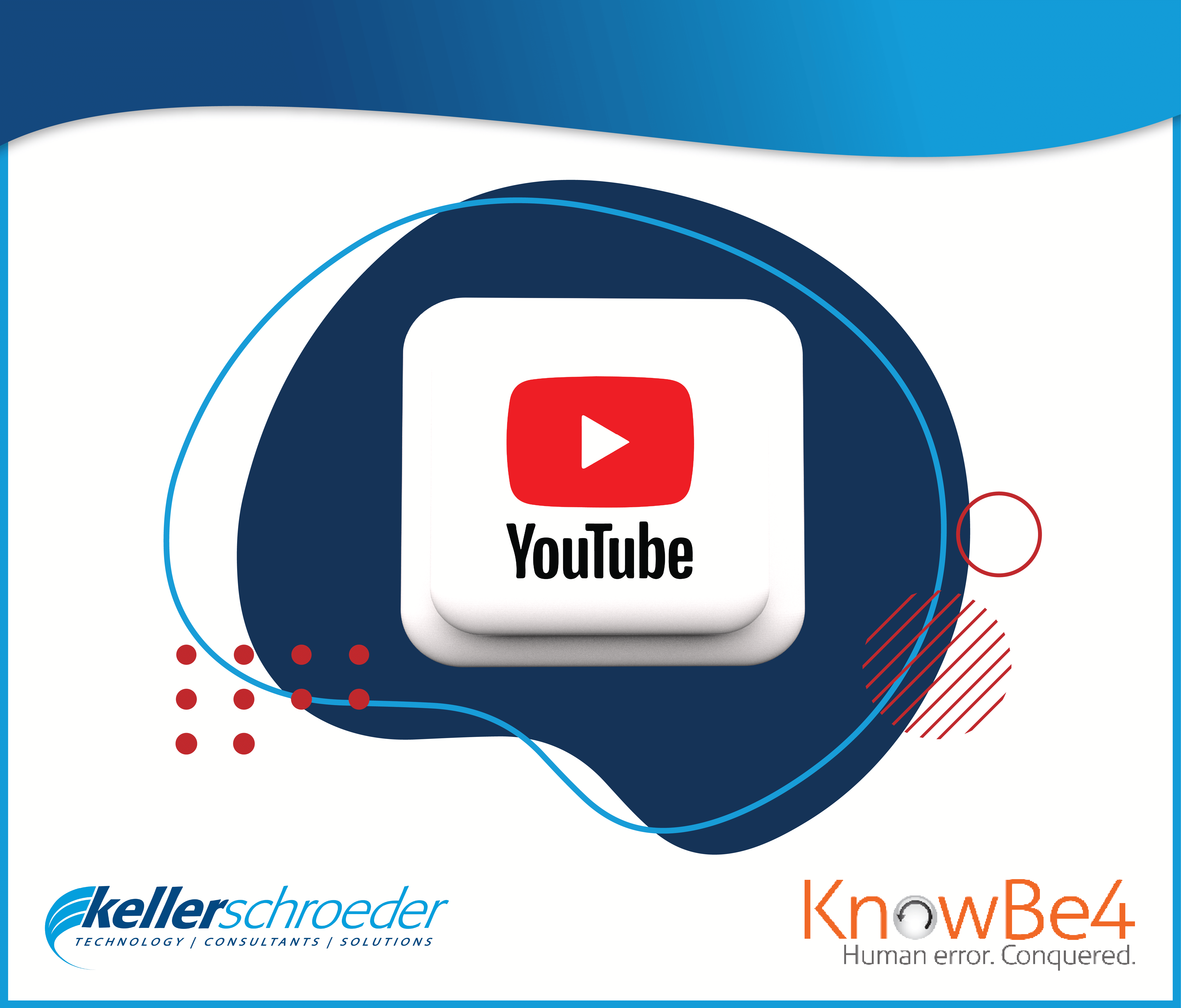Digitizing your work is only the beginning of your digital transformation journey.

Call me a nerd (it’s ok, because I am). I still get excited sometimes about a purchase I made several years ago: a Fujitsu ScanSnap scanner. I can scan 50 pages, double-sided, in a matter of seconds at the touch of a button. It’s all wireless, too. I can save the scanned pages to OneDrive, DropBox, or Evernote. Just like that, I am able to clear stacks of paper from the desk in my home office and 10x my productivity. Did I just experience a digital transformation? Or did I just relocate clutter from my physical desktop to my virtual one? What I experienced was digitization, not digital transformation. Depending on what follows, I may have made it even more difficult to retrieve what I need.
Every household has one – the person who is told to tidy up the house because of expected guests but simply relocates the junk to a closet or drawer. Admittedly, I’m that guy in our household. Do not, under any circumstances, open my closet door unless there is a search and rescue team on standby. Perhaps I made that last part up and was just trying to make a point. Maybe you’ve experienced this at work. You know the information you need is stuffed away somewhere, but how accessible is it? Is it lost in a pile of information clutter? Is it in a format that’s even usable?
Digitizing your work is only the beginning of your digital transformation journey. It is an important part of the process, and yet the real value is derived from what happens after (and sometimes before). The real value is derived from how you design and develop processes and systems to synthesize and consume that information. The effective flow and management of information is often what separates the great companies from the rest. As I often say, digital transformation begins with process.
Take, for example, this real-world supply chain scenario. Your buyer recognizes the depleted inventory of a key product and flags it in the purchasing system. Because your supplier doesn’t accept online orders, you are forced to print and fax a purchase order. The fax machine acknowledges receipt of the order and you assume all is well. Because your supplier requires a three-week lead time, you are not informed of a backorder until three weeks later when they start to fulfill your order. Eventually, they let you know of the backorder and now you will have gone at least four weeks without a key item on the shelves.
Enter digitization. Because of advances in technology, your supplier now accepts online orders. You no longer need to print and fax orders. You simply release the order from your purchasing software and the order file is electronically transferred to your supplier’s system. Problem solved, right? It depends. What happens next depends upon your agreement with your supplier and their commitment to digital transformation. Are you transacting with a black box, or are you doing business with a fully invested trading partner who values the effective flow of information the same as you? EDI (Electronic Data Interchange) standards or even properly designed and integrated custom solutions allow for the near-real-time exchange of orders, acknowledgments, inventory levels, and shipping notices. You owe it to your customers to hold both yourself and your supply chain accountable.
Obviously, this simple example is related to retail, wholesale, manufacturing, and distribution. There are countless examples across all industries to make the case for digital transformation. We believe it begins with your mindset. We define digital transformation as “the commitment of an organization to consistently improve business performance through the use of technology as a strategic asset.” Do you or don’t you want to be better? If so, we can help you get there. We often find that companies believe their current technology stack or budget will prohibit them from making progress in their digital transformation. We appreciate a good challenge. Incremental advances are the ideal approach in your digital transformation journey. When possible, we prefer to leverage the technology you already own to compound your ROI (Return On Investment) so the solutions pay for themselves. In other words, it may be easier and less expensive than you think.
In summary, turning over repetitive tasks and calculations to automated systems gives humans the time to do what we do best – create and innovate. Many companies can find it hard to relinquish tasks from human hands to automated systems. It’s time to let go. In examining your daily business tasks, begin to shift your mindset and ask “Why would I not automate this?”. Think automation, and watch your business soar to new heights.
Opportunities for improvement are all around you. We can help you identify, prioritize, and implement the solutions. Try us out on that. Check out our complimentary Digital Transformation Framework at https://www.kellerschroeder.com/dxf, and email us at applications@staging.kellerschroeder.com for an assessment of your opportunities for improvement.
Think Digital. Embrace Clarity. Increase Advantage.

Written By:
Rob Wilson
Principal Consultant, Greater Nashville Area | Southeast US
Keller Schroeder





